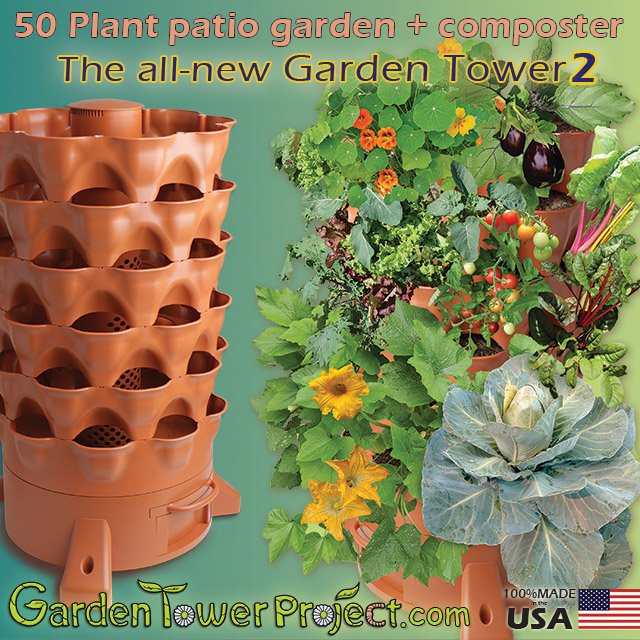 If you or any member of your family are an avid coffee drinker, you would like this. Also coffee grounds are easily available for free from coffee shop & restaurants. Talk to the workers or managers of the store and leave an empty bucket with them to collect what they would have thrown away.
If you or any member of your family are an avid coffee drinker, you would like this. Also coffee grounds are easily available for free from coffee shop & restaurants. Talk to the workers or managers of the store and leave an empty bucket with them to collect what they would have thrown away.
How does one use coffee grounds?
For Pest Control
Anecdotal evidence suggests coffee grounds repel slugs and snails in the garden.
For Pet Control
- Some people also claim that coffee grounds on the soil is a cat repellent and will keep cats from using your flower and veggie beds as a litter box.
As Mulch
- Spread the coffee grounds directly on the soil. Cultivate into the soil. If left to dry out they can repel water in much the same way as peat moss that becomes dry.
- Spread on the soil and cover with leaves or compost or bark mulch. For instance, you can sprinkle fresh coffee grounds around acid-loving plants like azaleas, hydrangeas, blueberries, and lilies. Many vegetables like slightly acidic soil, but tomatoes typically don’t respond well to the addition of coffee grounds.
As Fertilizer
Incorporate directly into the soil, mixing in well, or lightly cultivating into the soil.
If incorporating coffee grounds directly into the soil, add a nitrogen fertilizer at the same time. Coffee grounds encourage the growth of microorganisms in the soil, which use nitrogen for their growth and reproduction. While the grounds are being broken down by the microorganisms the additional nitrogen in the fertilizer will provide a source of nutrients for your plants.
Root crops, like radishes and carrots, respond favorably to coffee grounds – especially when mixed with the soil at planting time.
In Making Compost
– Add to the compost pile by layering the ingredients using 1/3 leaves, 1/3 fresh grass clippings and 1/3 coffee grounds.
Add coffee grounds as part of a static compost pile, being sure to always add an equivalent amount of a carbon source such as shredded paper or dry leaves. Mix together well.
Coffee grounds are an excellent nitrogen source for composting. They have a C/N ratio of 20/1. In informal trials with OSU/Lane County Extension Service, Compost Specialists sustained temperatures of 140O-160OF have been recorded for up to two weeks (when coffee grounds were 25% of the material in the compost pile by volume).
Paper coffee filters may be added to the compost pile as a carbon source. Shred or tear to speed decomposition.
Coffee grounds do not “go bad. For future use store in 32- gallon trash container near compost bin or pile.
Hoever, coffee grounds are not a nitrogen fertilizer. In a germination test at the GrassRoots Garden in Eugene, OR. when coffee grounds were mixed with potting soil at a ratio of 25% by volume. Lettuce seeds showed poor rates of germination and stunted growth compared to lettuce seeds planted in potting mix without coffee grounds.
For GT2
For my GT2s, I mostly spread a thin layer of coffee ground on top just to repel bugs and use as mulch. However, I avoid putting it around tomatoes as I don’t think they like it. The rest I put in the compost tube for the worms consumption and they love it. In my worm box, I also feed the worms coffee grounds together with the greens. I choose not to mix any in the planting mix that I use as I do not want the upset the PH that is already balanced in the mix. However, PH of rinsed coffee grounds is only 6.5, so it is OK, but I am just too lazy to rinse them.
#compost #fertilizer #pestcontrol #mulch #organicgardening #freecompostmaterial
What do you think? Leave a comment below!

